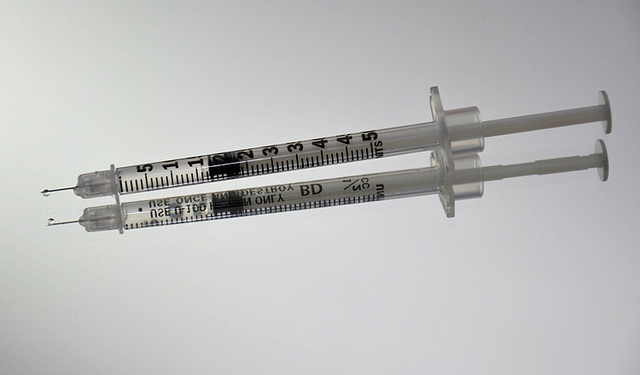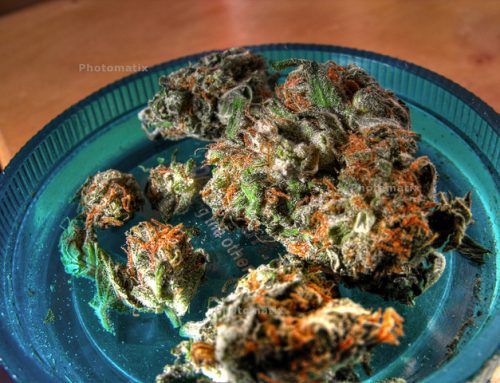Earlier this year, Khalil Banks, a Canyon Country man, overdosed on heroine and was left to die by his supplier. That supplier, Tommy Loaiza, was found later driving Banks’ missing automobile and arrested. After initially being charged with four felonies, including murder, Loaiza pleaded no contest at a Dec. 4 hearing to one charge of involuntary manslaughter. He received 8-years in state prison as a sentence.
Involuntary manslaughter is covered under California Penal Code 192 (b) PC and is described as when a person kills another individual unintentionally, while committing another crime that is not an inherently dangerous California felony or while committing a lawful act which might produce death without due caution.
As an example, suppose an individual breaks into a home with the intention of burglarizing it. After trashing the home in search of valuables, the burglar leaves . The resident then returns home, sees that they have been burglarized and has a heart attack and dies. The burglar, if caught, might be charged with involuntary manslaughter. While their crime was not necessarily dangerous to the resident in and of itself, it did lead to their death.
Another example would be two people filming themselves attempting a variety of stunts to post the video online. One stunt includes one of the individuals in a shopping cart being given a push and riding it down a steep hill. The shopping cart hits a hole, tips over, and the individual within falls out, breaks his neck and dies. The individual who did the pushing could be charged with involuntary manslaughter.
PC 192 (b) is always a felony in the state of California. The list of penalties include formal (otherwise known as felony) probation, 2 or more years in jail and a fine of up to $10,000. If a person is accidentally killed with a firearm or a dangerous weapon, then the conviction will count as a “strike” under California’s “Three Strikes Law.”





